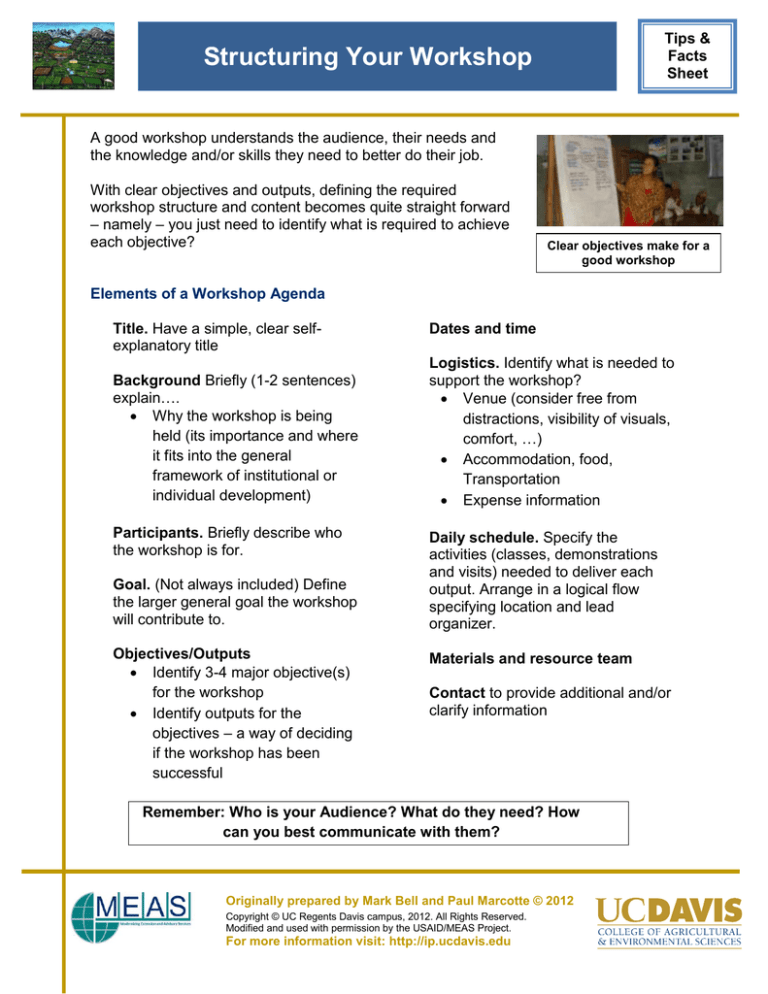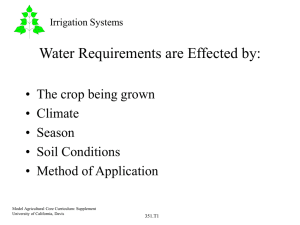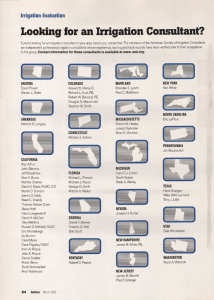
Tips &
Facts
Sheet
Structuring Your Workshop
A good workshop understands the audience, their needs and
the knowledge and/or skills they need to better do their job.
With clear objectives and outputs, defining the required
workshop structure and content becomes quite straight forward
– namely – you just need to identify what is required to achieve
each objective?
Clear objectives make for a
good workshop
Elements of a Workshop Agenda
Title. Have a simple, clear selfexplanatory title
Background Briefly (1-2 sentences)
explain….
Why the workshop is being
held (its importance and where
it fits into the general
framework of institutional or
individual development)
Participants. Briefly describe who
the workshop is for.
Goal. (Not always included) Define
the larger general goal the workshop
will contribute to.
Objectives/Outputs
Identify 3-4 major objective(s)
for the workshop
Identify outputs for the
objectives – a way of deciding
if the workshop has been
successful
Dates and time
Logistics. Identify what is needed to
support the workshop?
Venue (consider free from
distractions, visibility of visuals,
comfort, …)
Accommodation, food,
Transportation
Expense information
Daily schedule. Specify the
activities (classes, demonstrations
and visits) needed to deliver each
output. Arrange in a logical flow
specifying location and lead
organizer.
Materials and resource team
Contact to provide additional and/or
clarify information
Remember: Who is your Audience? What do they need? How
can you best communicate with them?
Originally prepared by Mark Bell and Paul Marcotte © 2012
Copyright © UC Regents Davis campus, 2012. All Rights Reserved.
Modified and used with permission by the USAID/MEAS Project.
For more information visit: http://ip.ucdavis.edu
Tips &
Facts
Sheet
Structuring Your Workshop
Example Agenda
Title. 2010 UC Davis Irrigation and Extension Short Course
Background
The Ministry of Agriculture & Land Reclamation (MALR) requested UC Davis to
provide a short-term training course for extension workers on on-field irrigation.
The country has a series of extension development projects to pursue. This
course is the first and highest priority.
Participants
25 participants working in the national extension system:
1 supervisor; 19 from CAR (11 Agricultural Engineering Research Institute,
6 Soil, Water and Environment Research Institute, 1 Central laboratory for
Agricultural Climate Ag. Extension Research Institute), 2 Faculty of
Agriculture - University, 2 Extension, 1 Date Palm Research Center
California’s farmers
use a range of
irrigation methods
(Photo IPO, UC Davis)
Goal: Improve farmer incomes through empowered irrigation extension agents
Objectives
The objectives of the training course are to:
1. Improve technical knowledge that will ultimately improve water use efficiency using
different irrigation methods
2. Understand various extension methods effectively used in California
3. Improve ability to distill and deliver technical information to target groups
4. Develop a plan for implementation
Outputs
1. Participants with greater understanding of irrigation and extension methods relevant to
Egypt
2. Example extension materials developed by participants
3. Example delivery programs in the form of an Action Plan developed by participants for
implementation upon their return to Egypt.
Dates: 6th -30th July 2010
Location
International Programs office, demonstration fields (UC Davis) plus various sites in California
Instructors
Instructor Theme
Contact details
Dr X
Crop water use; Irrigation scheduling
X@water.net
Resource Materials
Irrigation Extension Manuals; Various handouts; Memory stick with presentations.
Daily schedule
Day. Time
0
1. 8-9am
1. 9-10 am
1. 10-10.20
etc.
Theme
Arrive, Rest and enjoy National holiday
Opening, expectations and introductions
Overview irrigation in California
Coffee break
Lead
Joe
Mark
Nick
Contact. Contact Dr Y (530) 0000 111
Originally prepared by Paul Marcotte and Mark Bell 2012
Copyright © UC Regents Davis campus, 2012. All Rights Reserved.
Modified and used with permission by the USAID/MEAS Project.
For more information visit: http://ip.ucdavis.edu
Location
Hotel
EH 1107
EH 1107
EH 1103






